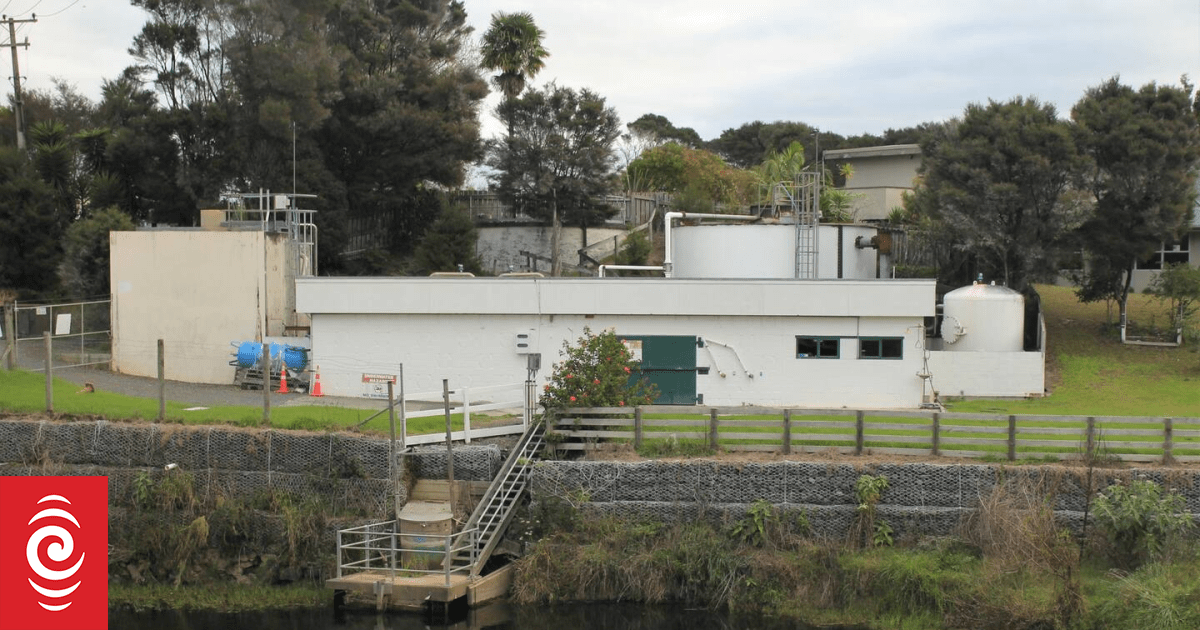There was also an accident in which a car collided with cattle, leaving the car in flames. The driver, Prem Lohar, survived.
Govender, who is currently based overseas, said she visited her Northland property at least once a year. She and others estimated there were likely to be about 100 wild cattle in the area.
On almost every trip, she’d noticed wild bulls roaming on the back roads. She’d heard of locals being chased, and of the bulls regularly breaking through fences to try to mate with farmed cows.
She was fearful about the risk to motorists and the danger the cattle might pose to young children on rural properties, including her own.
She understood the KDC had previously culled some cattle causing problems on roads.
“At the moment, when we contact Kaipara council regarding this matter, they say to call whenever we see a wild bull and they will drive out to try to capture it. Unfortunately, catching a wild bull, or many wild bulls, is very difficult because they are typically nocturnal and they need to be tranquilised because they are so difficult to round up.”

Govender believed there needed to be a co-ordinated effort in Northland to eradicate the wild cattle population. She suggested the cattle could be managed if included under Northland Regional Council’s Pest and Marine Pathway Management Plan.
However, Don McKenzie, NRC’s group manager for biosecurity, said dealing with wild cattle wasn’t one of its functions. A cost-benefit analysis would have to be met before cattle could be added to the plan and he questioned whether any regulations could be imposed under the plan to help the situation.
“There is also alternative legislation which may be more appropriate, such as the Impoundment Act and/or other agencies involved that manage TB and stock identification,” McKenzie said.
He noted cattle weren’t without value and landowners could deal with them on their own land.
Residents at Waikaraka said they’d tried about two years ago to get help from Whangārei District Council (WDC), its animal control unit and the Ministry for Primary Industries (MPI) but were told that, because the cattle weren’t owned by anyone, they weren’t subject to any enforcement actions.
The residents claimed they were told the problem was one for the community and that they should fence their properties.
More recently, WDC health and bylaws manager Reiner Mussle said the council was “working to find a long-term solution”, which would involve contract hunters.

A spokesperson for Kaipara District Council said it would respond to complaints involving livestock being a danger on a road. It would try to find the owner of the stock and possibly issue an infringement notice.
“However, wild dogs, cats and cattle are considered pest species, which is something for NRC. Also, if it is a wild animal and on a rural property, landowners are entitled to dispose of them (same rule applies for possums, rats etc).”

A tenant north of Dargaville, who didn’t want to be named, said he’d previously sent about five of the wild cattle to the meat works with a group of his own but the effort and profit of about $800 per animal wasn’t worth it.
They were too wild to muster and getting them on a transport truck was a dangerous challenge. Repair bills to fences and damaged yards afterwards and the time involved, along with TB testing at the works, consumed most of the profit.
Locals had at times shot the occasional animal for meat but it was a big butchering job afterwards, the tenant said.

Given the potential for wild cattle to spread serious diseases such as TB and mycoplasma bovis, the Advocate asked Operational Solutions for Primary Industries (Ospri) to whether its subsidiaries TBfree New Zealand and National Animal Identification and Tracing (Nait) had a responsibility in tackling the issue.
A media spokesperson referred us to MPI, which reiterated an earlier statement that wild cattle were a matter for district councils or police.
Sarah Curtis is a news reporter for the Northern Advocate, focusing on a wide range of issues. She has nearly 20 years’ experience in journalism, much of which she spent court reporting. She is passionate about stories that make a difference.


